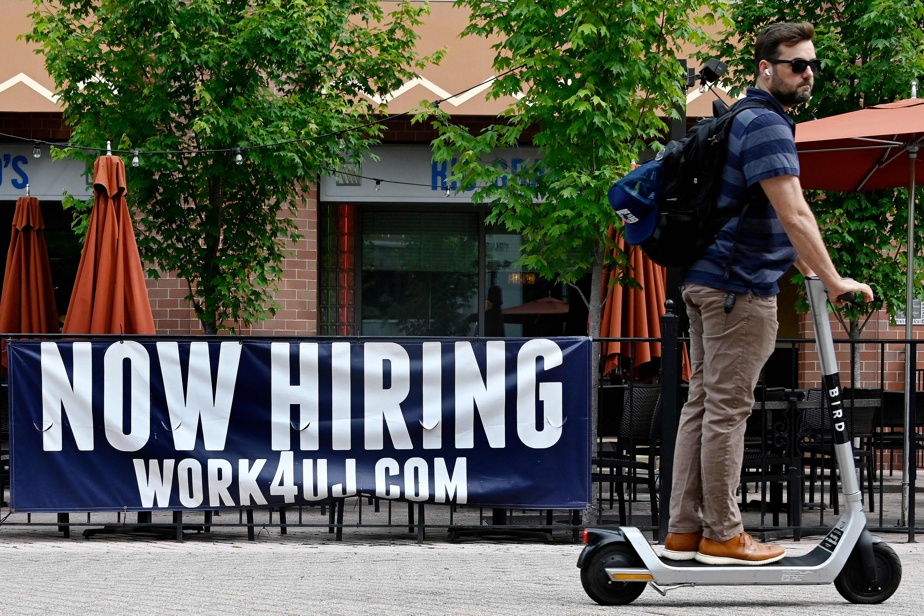(Washington) The US economy added 236,000 jobs in March, reflecting a resilient labor market and suggesting that the Federal Reserve (Fed) may see the need to continue raising interest rates in the coming months.
The unemployment rate fell to 3.5% in the United States, approaching the low of 3.4% set in January, which was its lowest level in 53 years.
Job growth in March was down from February’s meteoric gain of 326,000.
Friday’s report from the US government highlighted that the economy and labor market remain on solid footing despite nine rate hikes imposed over the past year by the Fed.
The job creation in March could lead the Fed to conclude that the pace of hiring is still putting upward pressure on wages and inflation and that further rate hikes are needed.
When the central bank tightens credit, it usually leads to higher rates on mortgages, auto loans, credit card borrowings, and many business loans.
Despite last month’s strong job growth, the latest economic signs increasingly suggest that an economic downturn could be upon us.
For Fed officials, controlling inflation is the priority. They were slow to react after consumer prices started to climb in the spring of 2021, concluding that it was only a temporary consequence of the supply bottlenecks caused by the rebound surprisingly booming economy after pandemic recession.
It was not until March 2022 that the Fed started to raise its key rate, which was close to zero. Over the past year, however, the reserve has taken a much more aggressive approach.
As borrowing costs rose, inflation quietly declined. The latest year-over-year consumer inflation rate — 6% — is well below the 9.1% rate reached last June. But it’s still well above the Fed’s 2% target.
The Fed aims to achieve a “soft landing” – slowing growth just enough to bring inflation under control without sending the world’s largest economy into recession.
Most economists, however, doubt this strategy; they expect a recession later this year.
So far, the economy has shown resilience in the face of ever-higher borrowing costs. U.S. gross domestic product—the economy’s total output of goods and services—grew at a healthy pace in the second half of 2022. Yet recent data suggests the economy is losing momentum.
On Monday, the Institute for Supply Management (ISM), an association of purchasing managers, reported that U.S. manufacturing activity contracted in March for a fifth consecutive month. Two days later, the ISM reported that growth in services, which accounts for the vast majority of U.S. employment, had slowed sharply last month.
On Wednesday, the Commerce Department reported that U.S. exports and imports both fell in February, further signs of a weakening global economy.
